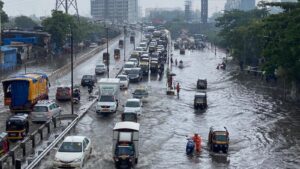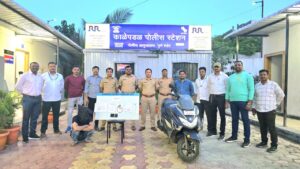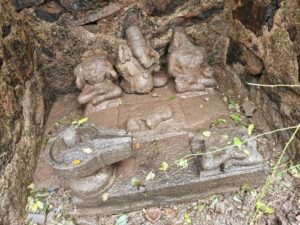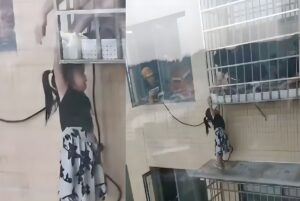Ganesh Festival Rush Triggers Heavy Vehicle Ban on Mumbai-Goa Highway — Full Schedule and Exemptions
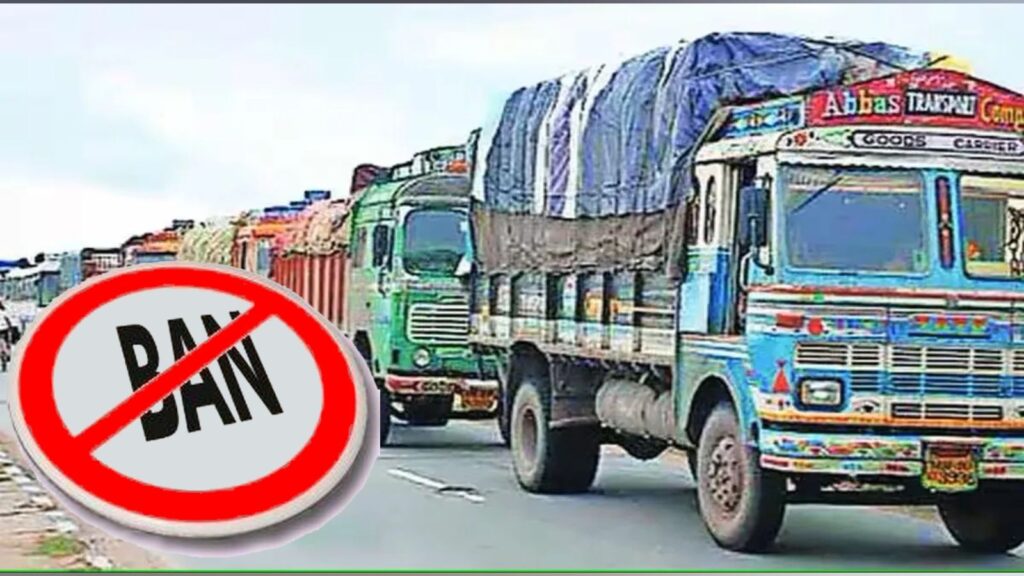
Ganesh Festival Rush Triggers Heavy Vehicle Ban on Mumbai-Goa Highway — Full Schedule and Exemptions
The countdown to Ganesh Chaturthi has begun, and with it, the familiar rush of travelers heading toward Konkan for the grand celebrations. To keep the Mumbai-Goa highway safe and manageable during this high-traffic period, authorities have enforced a temporary ban on the movement of heavy vehicles across multiple dates — a move aimed at preventing congestion and ensuring the safety of pilgrims on the road.
Every year, lakhs of people, often referred to locally as Chakarmani, travel from Mumbai and urban areas to their hometowns in coastal Maharashtra. The Mumbai-Goa National Highway (NH-66) becomes their main lifeline — but also a hotspot for bottlenecks, accidents, and frustrating delays. To tackle this, the Maharashtra transport department has imposed restrictions on large commercial vehicles throughout the Ganeshotsav season.
Three-Phase Ban on Heavy Vehicles: Dates You Should Know
The restriction targets trucks, trailers, multi-axle vehicles, and other heavy carriers weighing 16 tonnes or more. These bans are being rolled out in three phases:
Phase 1 – Ganpati Arrival & Preparations: From 12:00 AM on August 23 to 12:00 AM on August 28, heavy vehicles are strictly prohibited on the Mumbai-Goa highway to accommodate the initial wave of travelers headed for festival setup and celebrations.
Phase 2 – Ganpati Immersions (5th & 7th Days): On August 31 and again on September 2, movement of heavy vehicles will be halted between 8:00 AM and 11:00 PM, aligning with immersion day traffic spikes.
Phase 3 – Anant Chaturdashi: The final leg of the restriction will cover September 6 at 8:00 AM to September 7 at 8:00 PM, when mass immersions take place and roads witness the highest footfall.
Who’s Exempt?
Not all vehicles fall under the ban. Those carrying essential goods — including milk, medicines, petrol, diesel, LPG cylinders, vegetables, perishable items, and medical oxygen — are exempt from these rules. Additionally, import-export cargo vehicles traveling between JNPT (Jawaharlal Nehru Port Authority) in Navi Mumbai and Jaigad Port in Ratnagiri will also be allowed to operate.
However, these vehicles must secure official permits from the highway department before hitting the road during restricted hours. Police authorities across Navi Mumbai and Konkan have also been empowered to make on-the-spot decisions and allow movement based on real-time traffic conditions, ensuring there’s no unnecessary delay for critical supplies.
To manage the flow of vehicles and respond swiftly to emergencies, Ratnagiri RTO (Regional Transport Office) teams have been deployed along key stretches of the highway — particularly from Kashedi Ghat to Kharepatan. These teams will be patrolling 24/7 to monitor violations, assist travelers, and keep the road clear.
The transport department has also deployed crash response units and mobile repair teams. Their role is to quickly remove broken-down vehicles or accident cases to prevent long snarls and reduce delays for the thousands on the move during the festival days.
While traffic control is in full swing, another issue remains unresolved — the poor condition of the Mumbai-Goa highway itself. The project to expand and improve this crucial stretch has been dragging on for more than 15 years, and just ahead of Ganeshotsav, authorities have resorted to temporary patchwork to make the highway usable.
Contractors have been scrambling to fill potholes with either asphalt or cement, depending on the stretch. But many commuters are skeptical — they question whether these short-term fixes will hold up, or if the highway will once again become a bumpy, dangerous ride just days into the festive rush.





